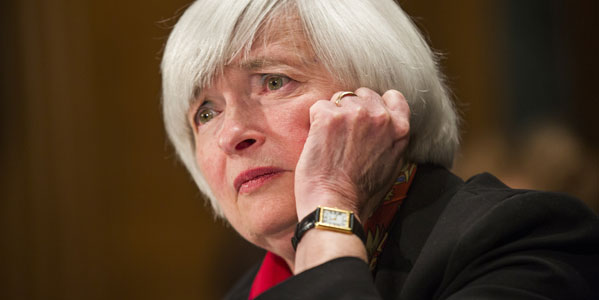
Friday came and went, with Kuroda stating that “ETF was the most appropriate” policy response to Japan’s bad economic shape. While I had underestimated the resistance from banks’ against NIRP, I am glad that my interpretation of BOJ’s narrative was not too far off. Now, what’s next?
Kuroda has ordered a policy review to be assessed during the next MPM on the 21 Sept ‘because it has been more than 3 years since it started’. Coincidentally, it is also when market participants have wagered on their inability to ease further. I struggle to imagine how much more magic they can create. As some media reports have speculated over the weekend, perhaps they will stop having a calendar target of 2% inflation – since it cannot account for unforeseen factors. Perhaps they will continue to employ creative measures that has very little effect of boosting the real economy, such as doubling the loans from 12bn to 24bn to ‘boost the foundation for economic growth’. I would think the underlying intention was to fill up half of the monetary policy statement so as to look like BOJ is willing and able to act. I continue to be bearish USDJPY in the near term. On the USD side, Friday weak GDP print has become the first catalyst for a sharp sell-off.
Going forward, I expect markets to completely price off the 35% of rate hike going into Dec.
- Libor has already done a de-facto tightening, rising by almost a full hike (+22.5bps) since 27 June. Moreover, it appears that the rise is not halting anytime soon.
- No one has started to think about Trump-risk. I assign a high probability that October will resume its role as the month of market crashes, as markets start to rethink about the possibility of a Trump presidency. Polls are already suggesting that Trump will put up a close fight. Here’s a fun fact: Trump currently polls 49.7% in Florida, and no presidents have ever won the US presidential elections without winning the sunshine state. When market participants will start pricing in a Trump presidency is the real question.
- Even without Trump risk, any other risk-off catalyst or stock market correction may morph into a full-fledged sell-off, again prompting investors to price off hikes and sell the dollar. S&P 500 continues to trade near record-highs, definitely not a good sign if we observe how it has traded over the past two years.
- Other central banks will help Fed do the leg work: While BOJ hasn’t exactly met up to market expectations, BOE is slated to ease next week, while ECB contemplates a comprehensive easing package in Sept. In EM Asia, many are also in the midst of an easing cycle, such as Korea and Thailand.
- Just when the street is talking about a rebound in inflation from an impressive oil price rebound, oil dampened investors’ hopes by its recent decline. The whole argument of ‘oil-just-needs-to-stabilize-and-inflation-will-surprise’ has once again (recall Dec 2015) gone down the drain. Watch out for oil/Commodity FX – could it be the next risk-off catalyst?
- My old argument of ‘appreciation-per-bp-hike’: BOE left the hiking club, so any additional hike will bring a more pronounced appreciation to the dollar. Yes, 25 bps may not bring down the skies, but Fed’s hiking playbook seems to be in play only when all the stars are aligned.
Recall in March/April when Yellen was unexpectedly and intentionally dovish during FOMC and Congress testimonial. At that point, markets have largely recovered from the February sell-off, and inflation data was largely positive. Why did Fed play the dovish card at the stake of its own credibility? I have not heard a convincing argument…
And here we are, thinking about a December hike even as Yellen has not voiced her opinion about Fed’s hiking cycle (next public appearance at August Jackson Hole). If there is one lesson we can all learn, the risk for a dovish Yellen outweighs a hawkish one.
All these suggests me to sell the dollar and long duration. Long duration makes a great trade since the run-up in treasuries’ yields has outpaced the appreciation in the dollar. Else, short USD against JPY and CHF to position for the next risk off. Both trades are favorable in terms of technical analysis and fundamental backdrop.